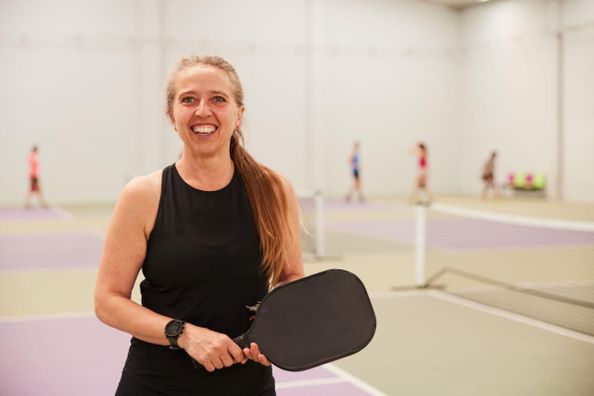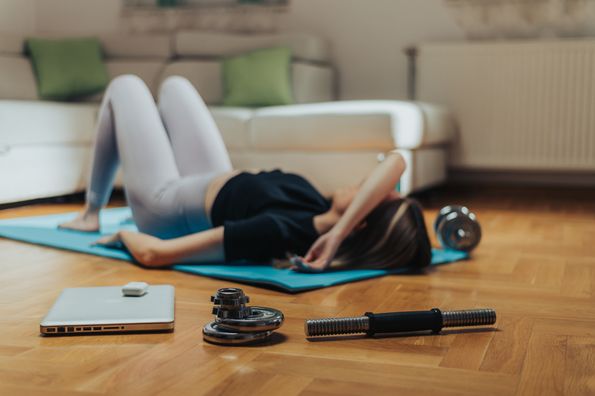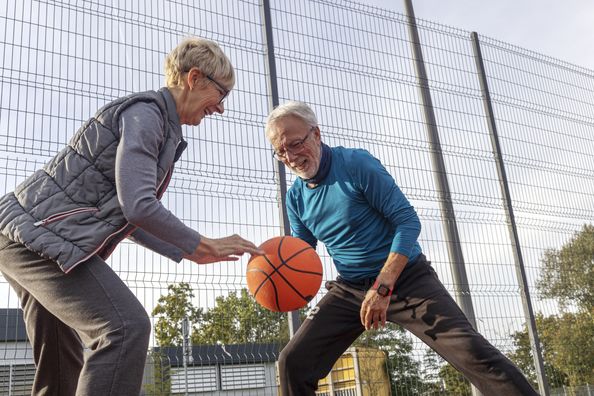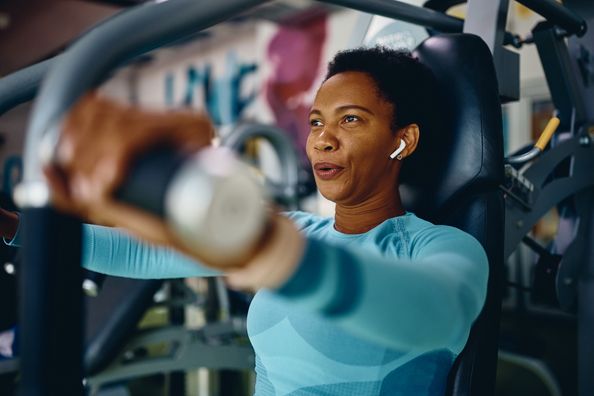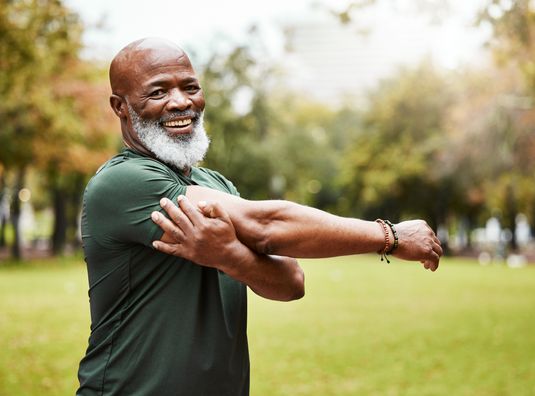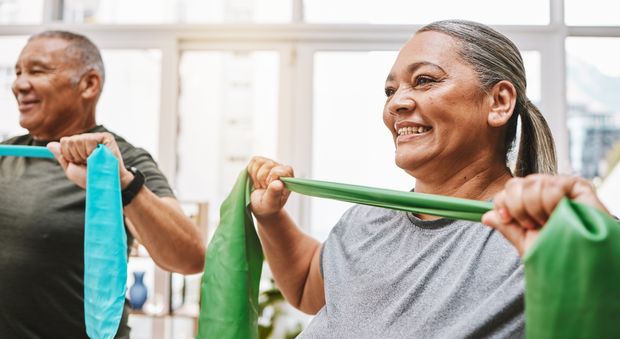When you hear the word “sports,” you might think of running around a field or scoring goals. But if being active isn’t as easy as it used to be, the idea of playing sports might seem far-fetched.
Just because some sports feel too intense or uncomfortable as you get older, that doesn’t mean it’s time to quit. Sports are a fun way to stay active, and playing sports when you get older has even been shown to help you live longer. The key is to focus on how sports can improve your health and find the sports that work best for you.
How Playing Sports Can Help You Live Longer…
The physical activity you get from playing sports can help you live longer by keeping the systems in your body healthy.
For example, staying active affects your circulatory (cardiovascular) system by improving your heart’s ability to pump oxygen-rich blood through your body. This can lower your risk of blood clots and heart attacks.
Physical activity has also been shown to boost your immune system and reduce inflammation, which can tire out your immune defenses. These benefits may even help protect against certain types of cancer, like colorectal or breast cancers.
Also read: Heart Smart at Every Age: A Lifelong Guide to Heart Health
…And Enjoy Living Longer
Playing sports and exercising are natural ways to improve the quality of your life as you age. Physical activity can:
- Boost your mood
- Decrease symptoms of depression, anxiety, or stress
- Improve sleep
- Keep your brain sharp and decision-making skills intact
- Make it easier to manage chronic conditions that often get worse with age, like arthritis or type 2 diabetes
- Help you quit smoking
Another important way physical activity improves your quality of life is that it keeps your muscles and bones healthy. As you age, it’s normal for them to weaken, which can lead to falls and broken bones. Staying active helps prevent this wear and tear, keeping you steady on your feet and safely moving around.
Choosing the Right Sport
If the thought of playing sports still makes you squirm, don’t worry. There are plenty of sports that are easier on your body as you age while still giving you the physical activity you need.
Racquet Sports
Tennis, badminton, and the oh-so-popular pickleball – sports that involve a racquet – have been shown to be among the best for staying healthy and living longer. These sports get your heart pumping, improve your hand-eye coordination, and strengthen the muscles in your core, legs, and arms.
One study among older adults in the US found that those who played racquet sports had a 27% reduction in their risk of dying from cardiovascular disease.
In Europe, another study found that tennis players lived nearly 10 years longer than inactive people, while badminton players added an extra 6.2 years to their lives.
There’s another perk of racquet sports. They’re social! Spending time with others isn’t just fun — it can actually help you live longer , too.
Also read: How Can You Improve Hand-Eye Coordination As You Age?
Dancing
Dancing is another excellent way to keep your body moving. It gets your heart pumping, strengthens your muscles, and can even help you lose weight. Plus, it improves strength, flexibility, balance, and mobility.
The workout you get depends on the kind of dance you choose. For example, an hour of salsa or an aerobic dance class gives you a similar workout to swimming laps or running. An hour of traditional ballroom dancing is like taking a brisk hour-long walk.
Sports That Involve Walking
Brisk walking might seem simple, but it’s incredibly effective. In fact, research from the American Heart Association has shown that every hour of walking could add two hours to your life expectancy. Over time, those hours quickly add up to days, months, and years.
Look for sports that involve plenty of walking. Golf (as long as you don’t use a cart), race walking, and hiking are all great ways to get your steps in.
You may also want to check out one of the latest sports trends: walking sports. These are familiar games like basketball and football adapted for walking instead of running. While they are particularly popular in the UK, sports like walking soccer are starting to catch on in the US.
Sports That Are Good for Your Joints
Exercise can be either low-impact or high-impact high impact. Low-impact exercises are gentler on your joints and usually easier on your ankles and knees. High-impact exercises, on the other hand, put more force on your whole body, including your muscles, bones, and tissue.
As you age, it’s important to think about which type of impact is right for you. High-impact activities can still be great for older adults, especially when it comes to bone health. But if you have certain medical conditions or issues with your bones or joints, low-impact activities might be a better bet or you might need to take extra precautions with high-impact activities.
For example, osteoporosis (a condition that causes bones to weaken and become brittle, and more likely to break) is more common as we age. High-impact exercises can increase the risk of injuries or stress fractures if you have this condition, so it’s important to choose activities that meet your body’s needs.
Going the low-impact route? Some of the best sports to check out include:
- Swimming
- Bicycling
- Rowing
- Golf
- Cross-country skiing
Safety First
The most important thing to remember when playing sports or exercising is to listen to your body. Resist the urge to push yourself too hard or try to play through pain. If your body is telling you that it’s time to rest or hinting that it may be time to switch up your sport, listen. And if an activity is painful or makes it difficult to breathe normally, talk to your provider. They can help you find a sport that will keep you in shape while also keeping you safe.
Also read: From New Goals to Physical Therapy: 6 Things to Know About Aging and Exercise
Whether you’re looking for a new sport, want to learn how to play your sport safely, or have concerns about physical activity, your provider is here to help. Schedule an appointment with a Duly Health and Care primary care provider today.
Find Primary Care near you >
Health Topics:

